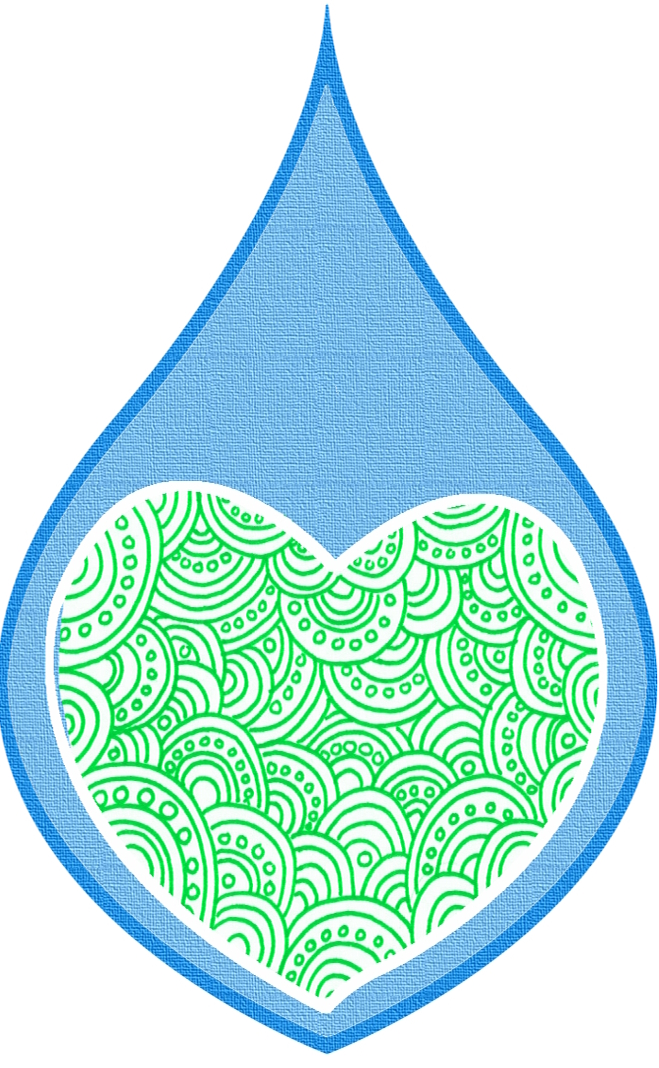The SWA process: is it worth all the effort?
I thought this article by Erma Uytewaal from Water Services that Last was pretty interesting and a good introduction to the SWA process. We are now in the final sprint of preparations for the Sanitation and Water for All (SWA) High Level Meeting (HLM) that will be held in Washington on 11 April. “We” represent the almost 100 members of the SWA partnership. At country level, High Level Country Dialogues (HLCD) are being wrapped up; governments are revisiting and updatingcontinue reading



